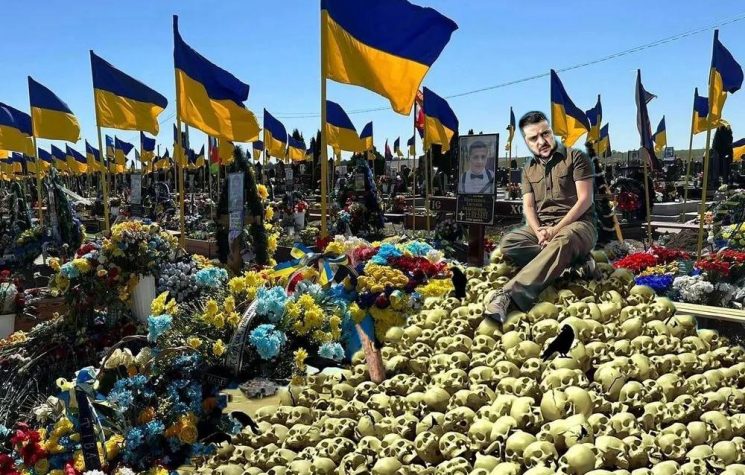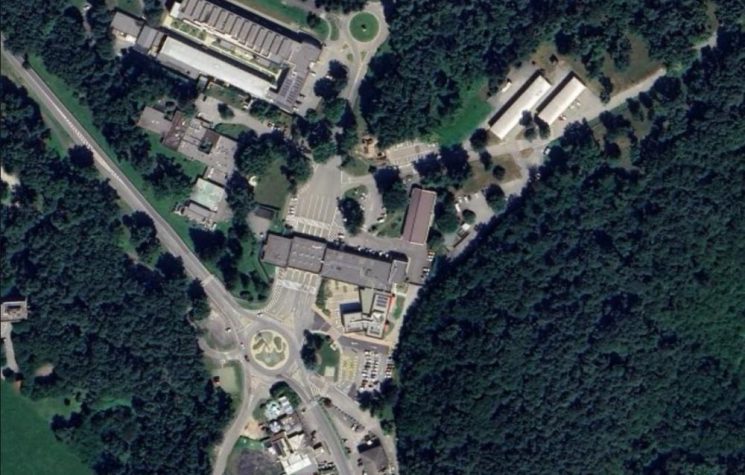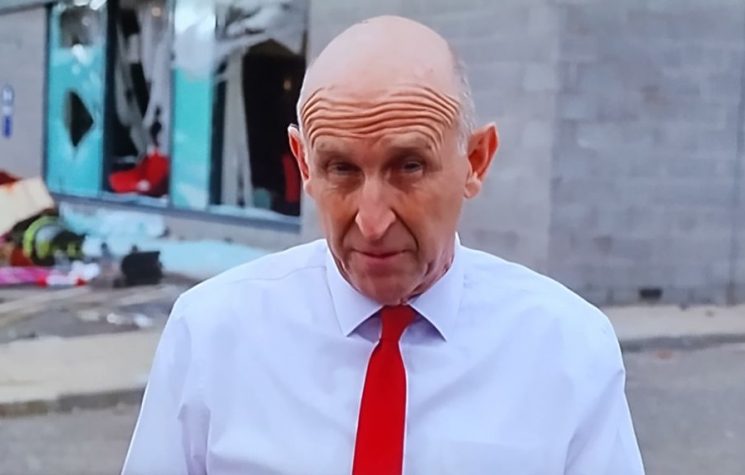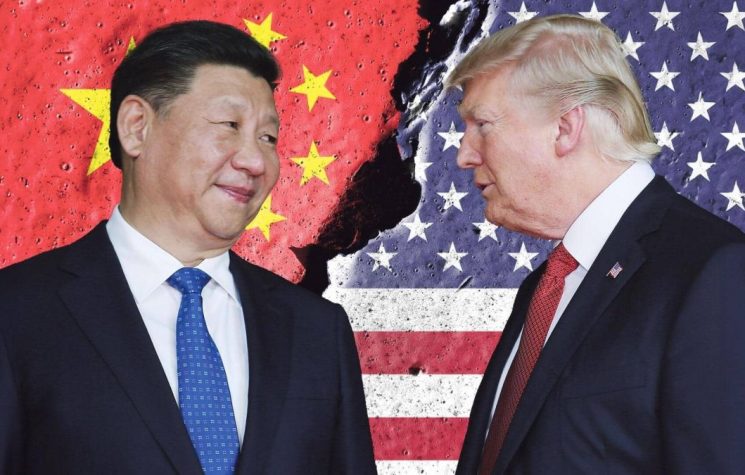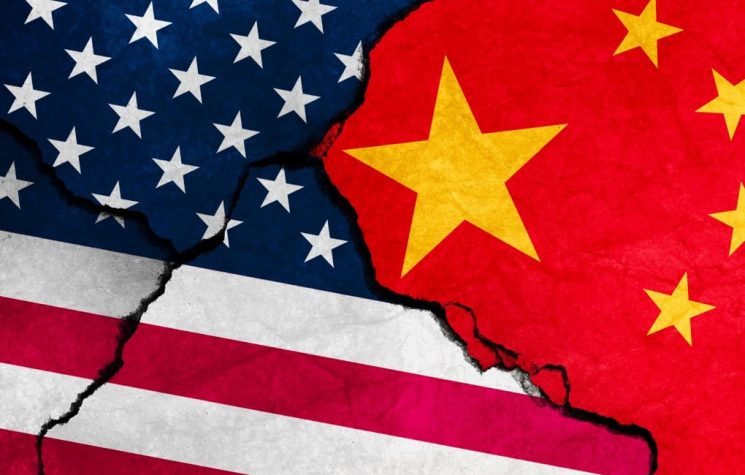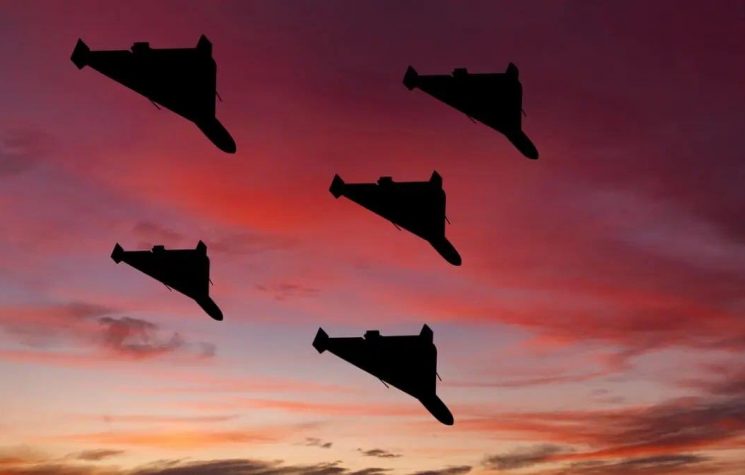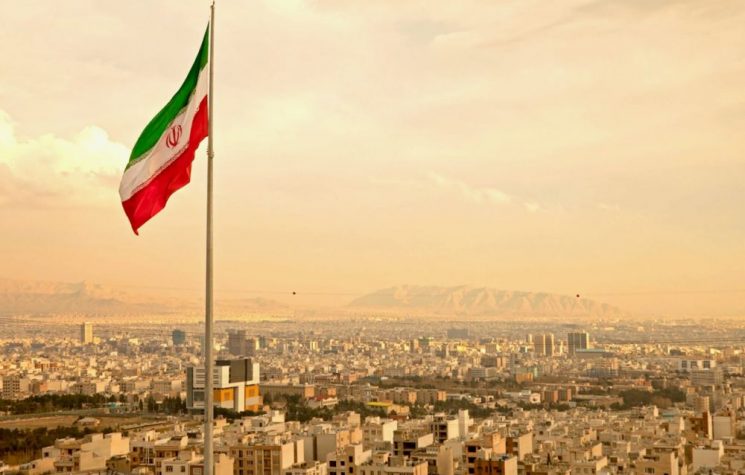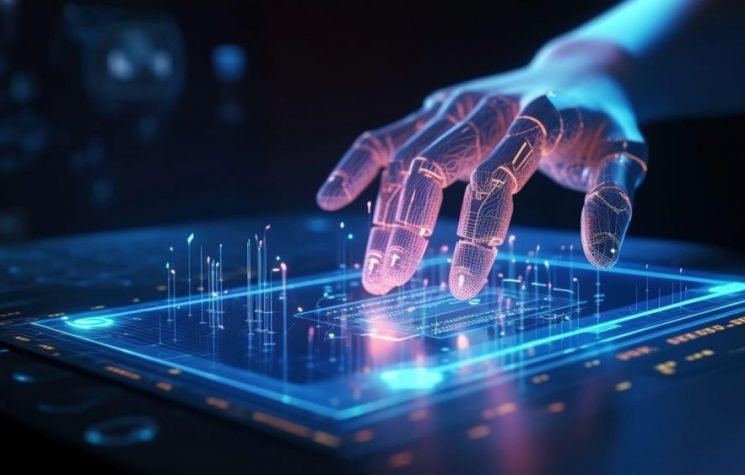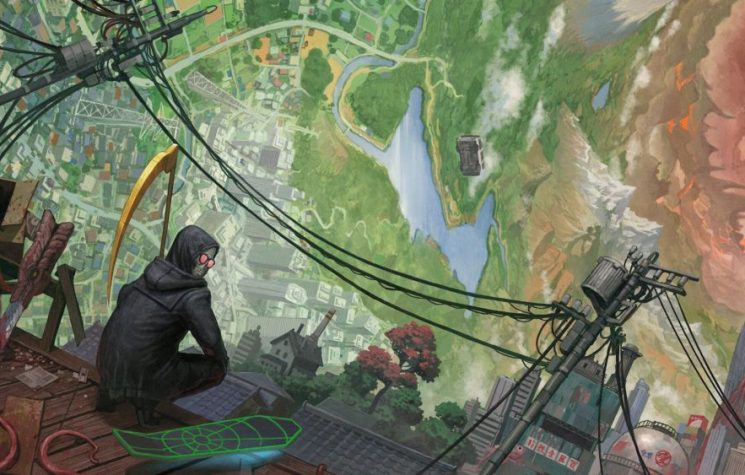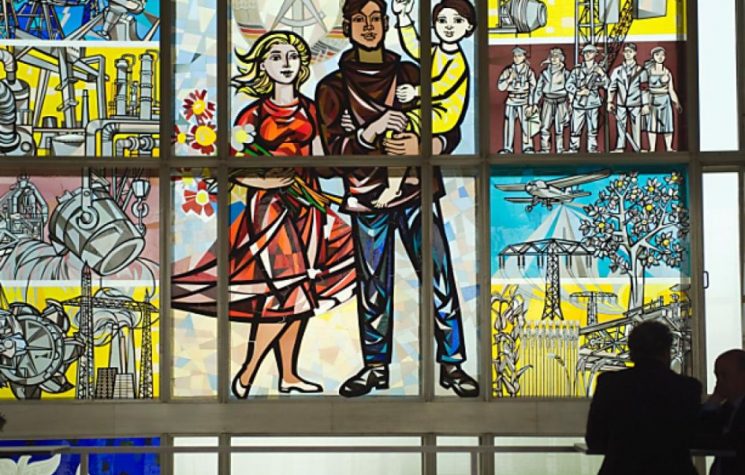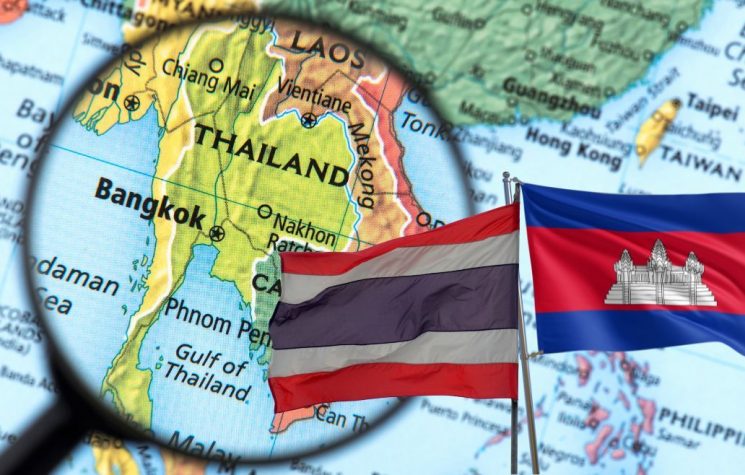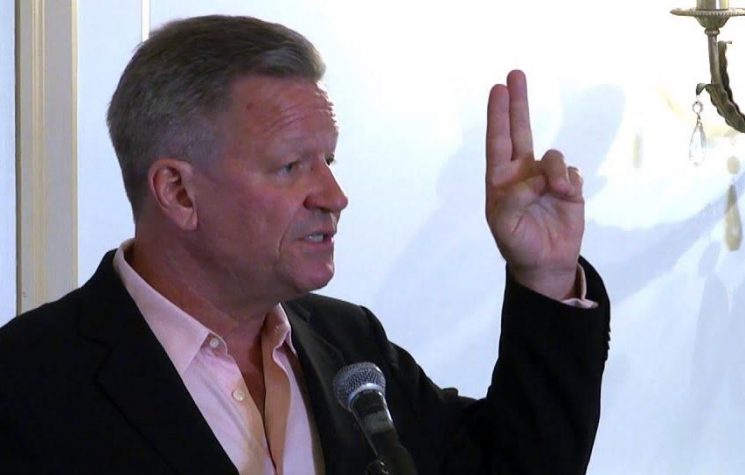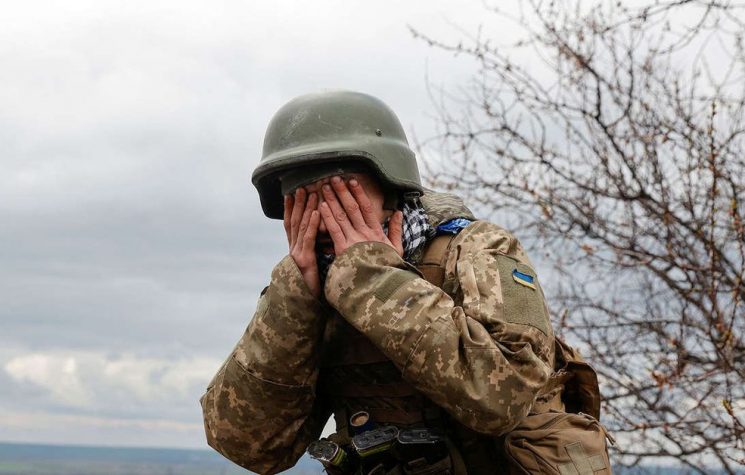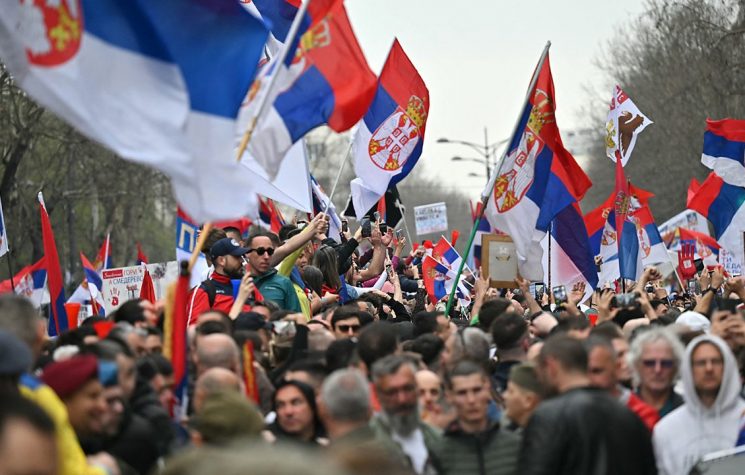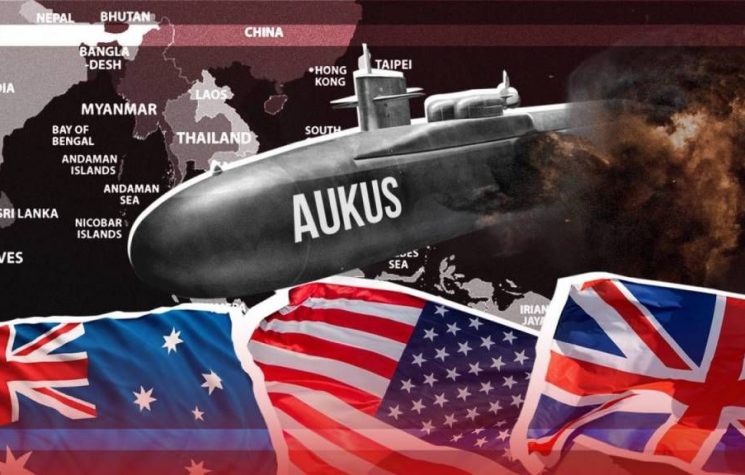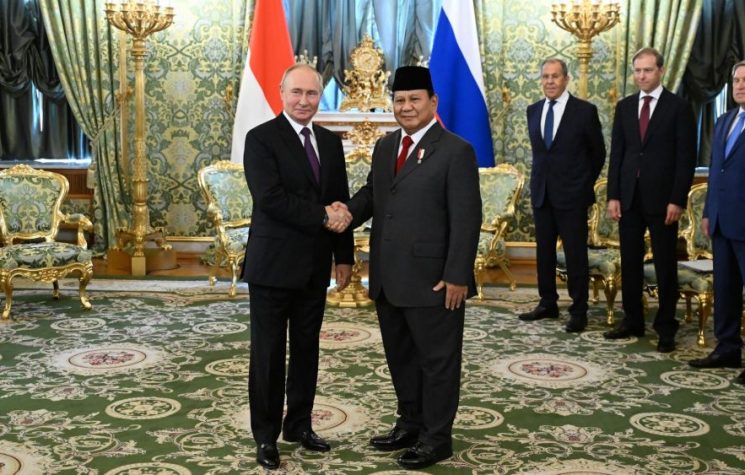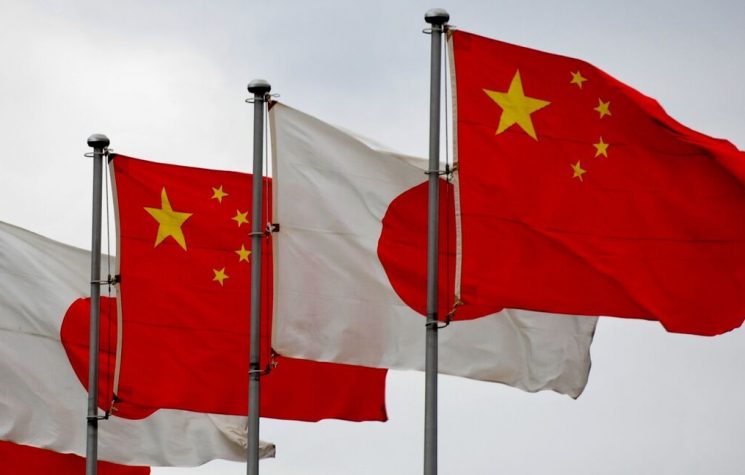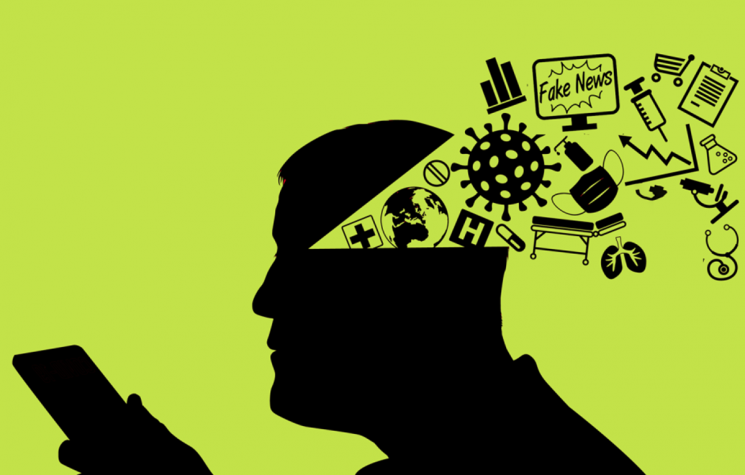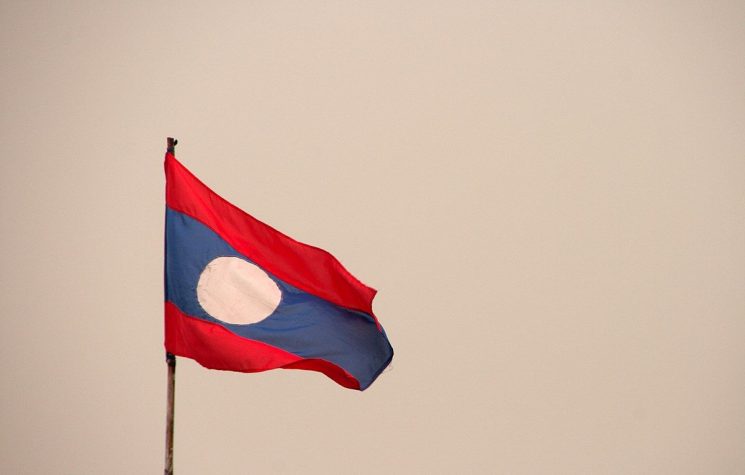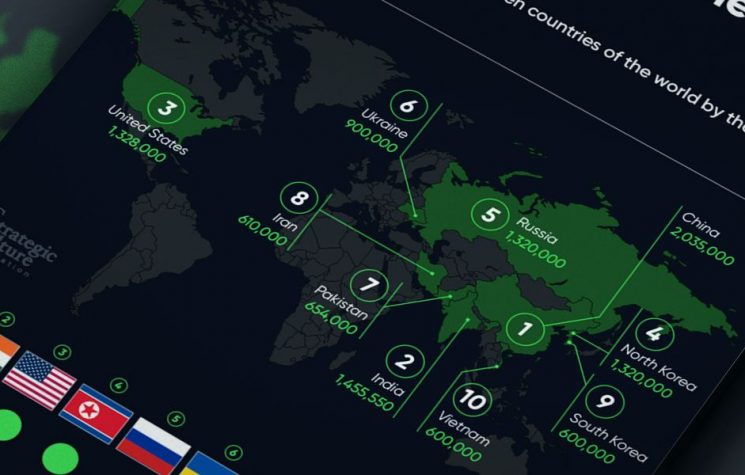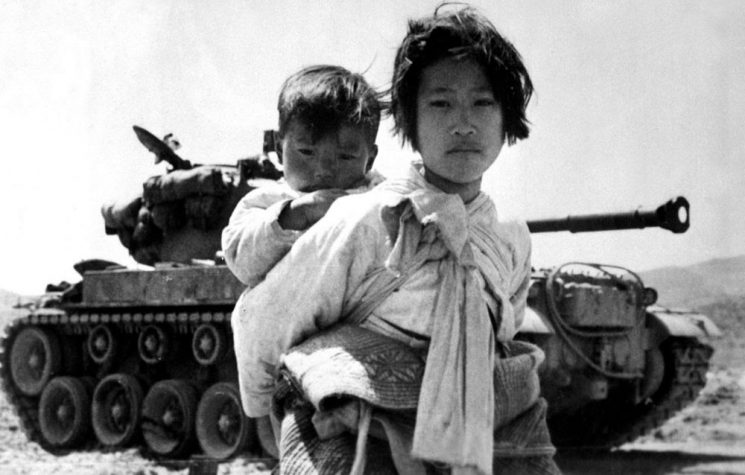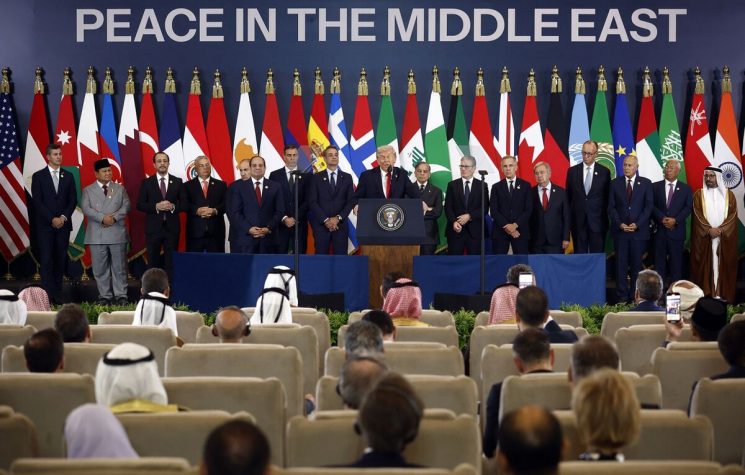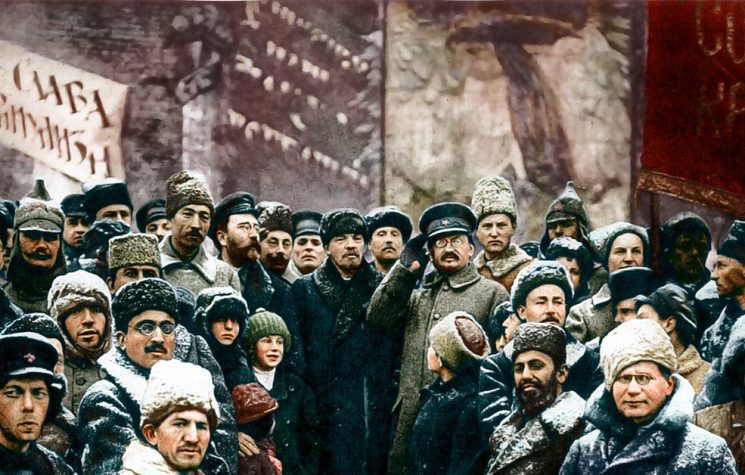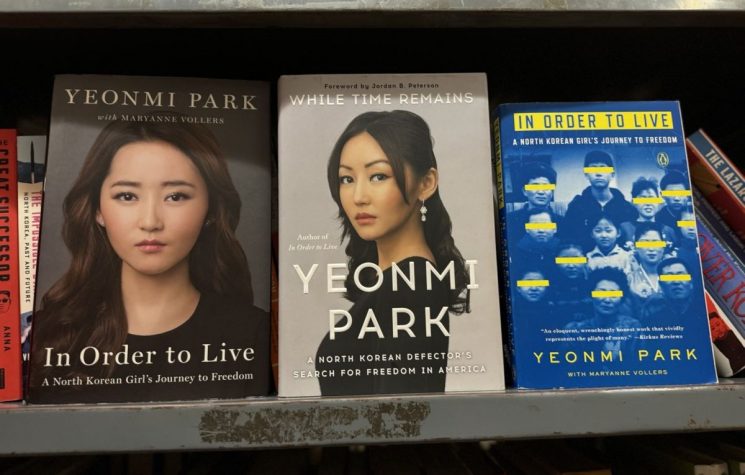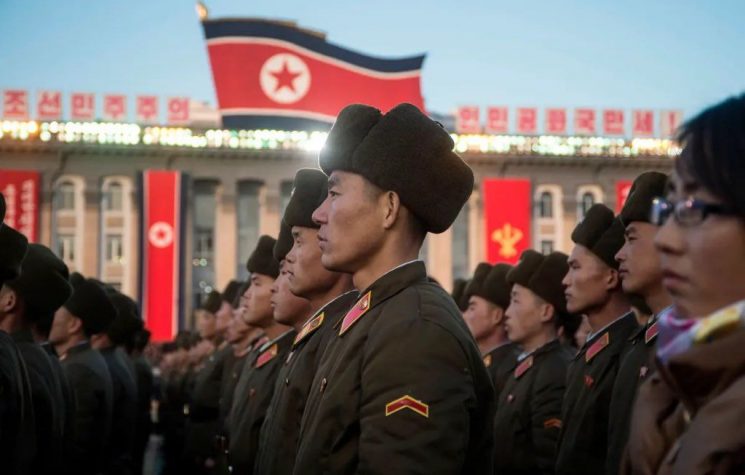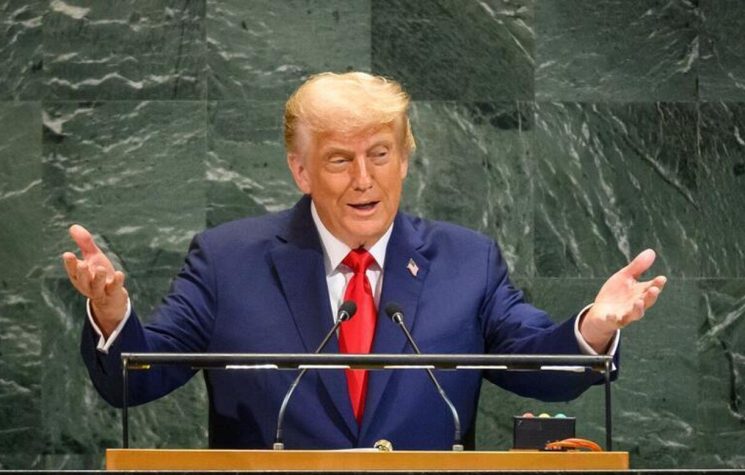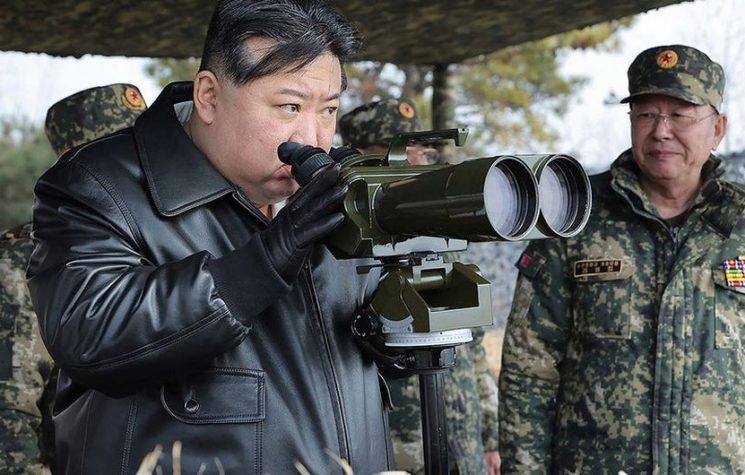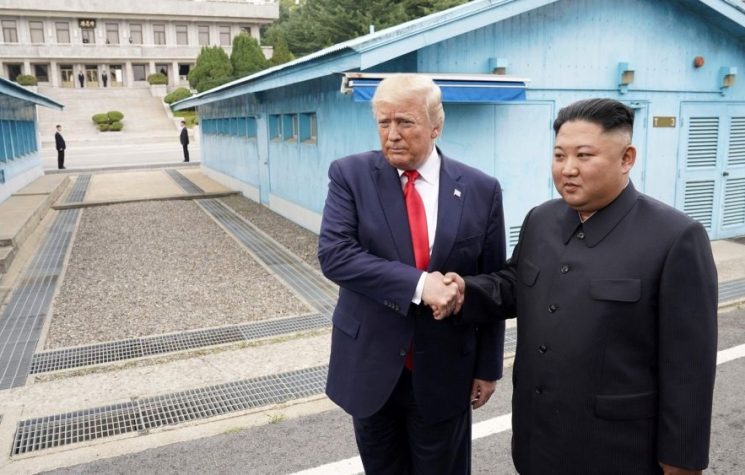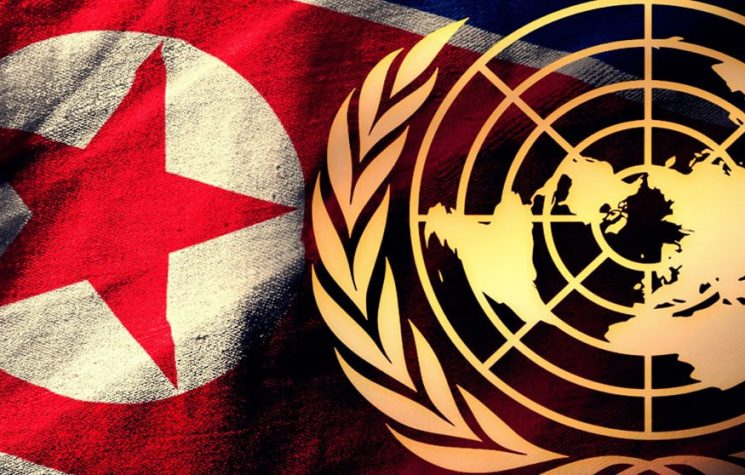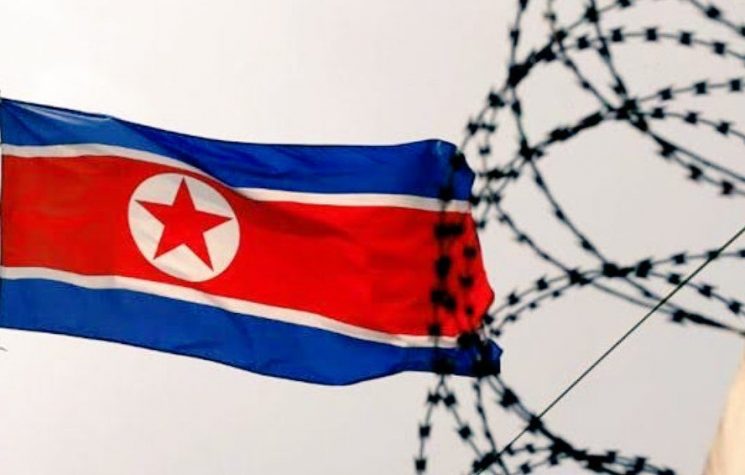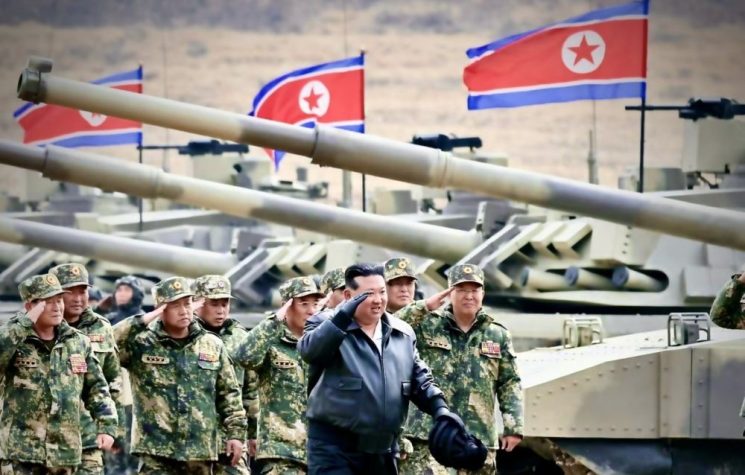The propaganda of the North Korea’s enemies continues to spread its lies. The dogs bark, but the caravan moves on, Eduardo Vasco writes.
Contact us: info@strategic-culture.su
Do you remember the terrible death of Kim Jong Un’s ex-girlfriend?
In 2013, the international press reported the story of Hyon Song Wol, singer of the Pochonbo band, who had reportedly met Kim ten years earlier and continued a secret relationship despite being married and having a baby. Then, one day, Hyon and 11 other performers were arrested, accused of recording pornographic videos amongst themselves and selling them. Despite this sin, some of them were carrying Bibles, which, of course, is an even greater sin in the “North Korean dictatorship.” Three days later, all were executed by a firing squad. To make matters worse, their closest relatives were forced to watch the executions, as well as members of other prominent bands. Moreover, the “regime” deemed those who witnessed the executions guilty by association with the sinners and sent them to concentration camps! What a monstrous dictatorship!
The tragic and insane story took a twist the following year when Hyon was interviewed on North Korean TV—and, behold, she was alive! The British newspaper The Independent called Hyon’s appearance “miraculous” (perhaps the singer’s resurrection was linked to the Bible found amid the bacchanalia!).
The explanation for the singer’s miraculous resurrection, however, is not supernatural. The first to report the tragic story of the performers was the South Korean newspaper Chosun Ilbo. The sources cited in the newspaper’s report were all anonymous. The South Korean disinformation service also had a hand in fabricating the story: shortly after the lie was spread, the head of South Korean intelligence, Nam Jae Joon, claimed he was also aware of the execution.
Chosun Ilbo is a major ultraconservative newspaper that acted as a propagandist for the Japanese Empire during the occupation of Korea, as well as for the military dictatorship that ruled the country until the end of the last century. It is distinctly anti-DPRK. But that’s not all: it is known for spreading fake news about Pyongyang. In 2019, both Chosun Ilbo and Chosun TV (owned by the same business group) reported that Kim Hyok Chol had been executed and Kim Yong Chol had been sentenced to hard labor. Both were nuclear negotiators for the DPRK in relations with the United States and were allegedly punished because the rapprochement process between the DPRK and the U.S. had not been successful. The sources cited by South Korean journalists were, again, anonymous. A few days later, however, Kim Yong Chol appeared alongside Kim Jong Un at an event broadcast by state television, a clear demonstration of Yong Chol’s prestige. CNN’s Taipei correspondent, Will Ripley, who had traveled to the DPRK around 20 times, also reported that Kim Hyok Chol was alive.
Despite its history of sensationalism and false news, the Chosun group continues to be a trusted source for major international media outlets. Earlier this month, the group reported that between 20 and 30 government officials had been executed for failing to prevent the deaths of 4,000 people in floods that hit the north of the country during the summer. As always, the Brazilian and international press eagerly spread the news, and O Globo even stated that Chosun TV was a “local broadcaster” from the DPRK. And, as always, the source of the information disseminated by Chosun was anonymous, as The Independent noted—even though it still endorsed the hoax with statements from “experts” on the subject, all of them South Korean and American.
What actually happened was quite different from the internationally orchestrated hoax. In early August, in a speech before flood victims in North Phyongan Province, Kim Jong Un took responsibility, as every leader should be conscious of doing, and announced the measures the government would take.
I felt uneasy because I could not help you much, despite my strong desire to do something. Although the entire country has sincerely mobilized to help, at this moment, I can only feel anxious and impatient because I have been unable to remove all the inconveniences you are experiencing in tents and poorly furnished public facilities.
In the same speech, the Korean leader announced that 130,000 young people and soldiers from the People’s Army were already being mobilized to rebuild infrastructure in North Phyongan. He also assured that all students and children from the areas affected by the heavy rains in North Phyongan, Jagang, and Ryanggang Provinces, which led to the Amnok River overflowing, would be transferred to Pyongyang during the reconstruction to stay safe and continue their studies, all at the expense of the State. In total, he announced that 15,400 people would be temporarily relocated to the country’s capital.
Nursing, edification, and education of students and other children are the most important of all state affairs, never to be abandoned even if the sky may fall in. Therefore, the State will take full responsibility for this work during the rehabilitation campaign. And state-backed care benefits will be offered in Pyongyang to the elderly and sick, honored disabled ex-soldiers, and nursing mothers before new houses are built in the flood-stricken areas.
Kim Jong Un also assured that those who remained in the affected cities during the reconstruction of their homes, in addition to the tents where they were already sheltered, could store their furniture and other belongings in safe places. Moreover, public restrooms with shower stalls and waste disposal systems would be provided to eliminate any possibility of contagious disease outbreaks. He also emphasized the issue of collective voluntary work, a historic characteristic of the Korean Revolution, as a means to solve the problem: “The assistance work must be conducted strictly under voluntary principles, never in a forced or organized manner.”
And so it happened. As the water was receding, the Paektusan Heroic Youth Shock Brigade— which received nearly 300,000 volunteer applications—was dispatched by the Workers’ Party to evacuate people from risky areas and begin the reconstruction process. One of the first measures was restoring water and electricity supplies. The metallurgical, steel, and mining industries increased production to meet the needs of the affected northern regions. Factories in all provinces focused their production on consumer goods for those affected. A special transportation scheme was set up on the railways to supply those regions with consumer and construction materials. Regional regiments of the WPK militias were sent to the affected provinces. Every sector of society was mobilized to aid in reconstruction. In addition to volunteers, who were joined by workers and soldiers to repair and rebuild buildings, roads, and bridges, professionals from various fields, such as doctors, scientists from the Academy of Sciences, and artistic ensembles, were also sent to the affected areas.
In Pyongyang, children and adults temporarily relocated from the northern areas at risk were offered visits to tourist and leisure sites such as circuses, theaters, museums, zoos, water parks, Mangyongdae Children’s Palace and Hill, and the Science and Technology Complex. Collective birthday parties are also being held for these people. The entire process is being closely monitored and reported daily by the Korean press.
The DPRK government estimated that the reconstruction would be completed within three months. Given the incredible mobilization of human and material resources, it is highly likely that this short deadline will indeed be met. Meanwhile, the vile propaganda of the DPRK’s enemies (and of the whole world) continues to spread its lowly lies. The dogs bark, but the caravan moves on.








